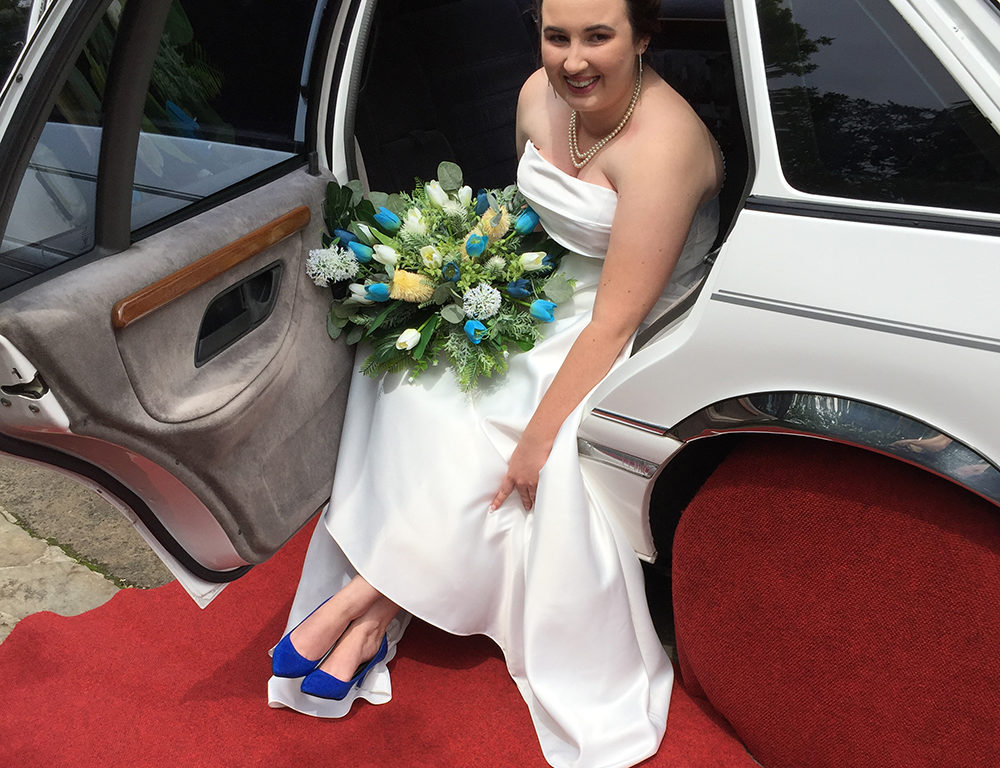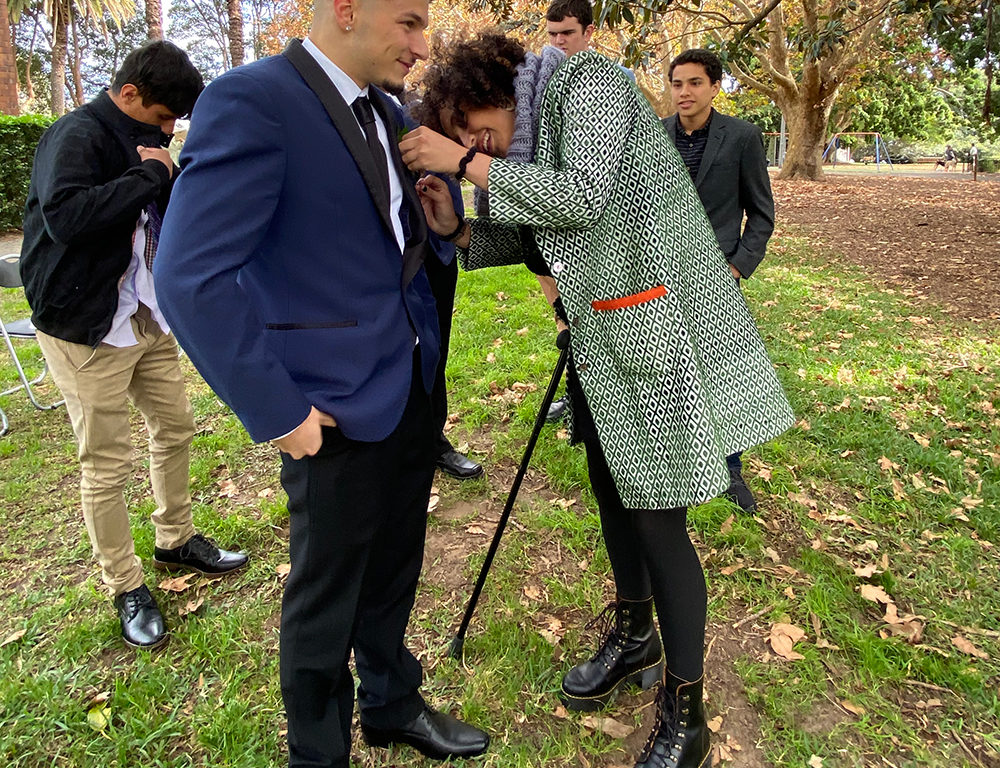What is the meaning behind those flowers men wear at weddings?
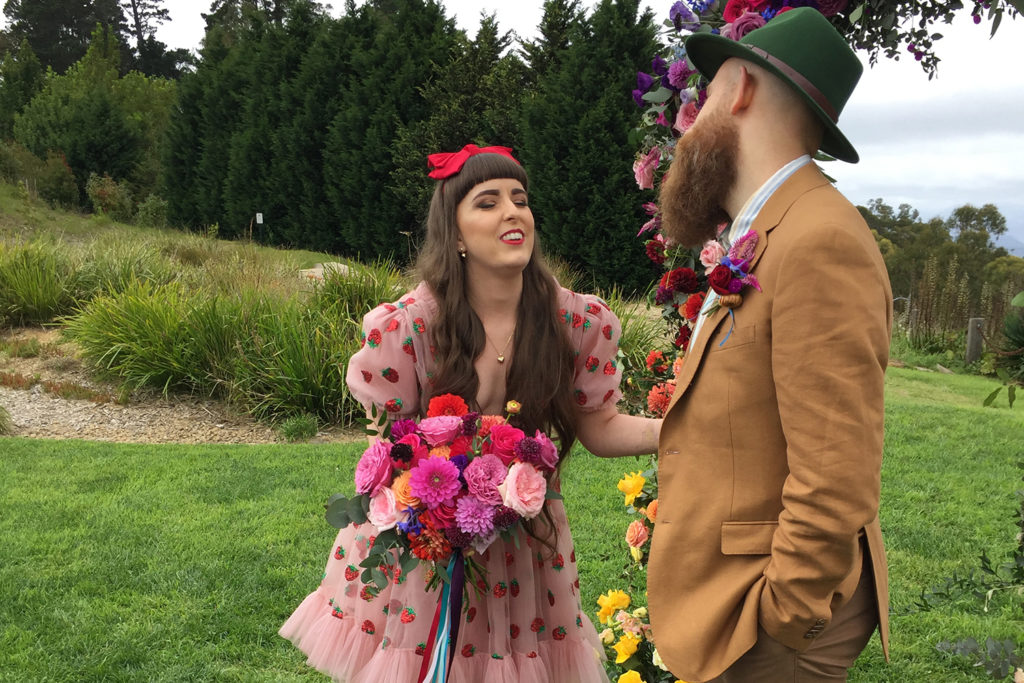
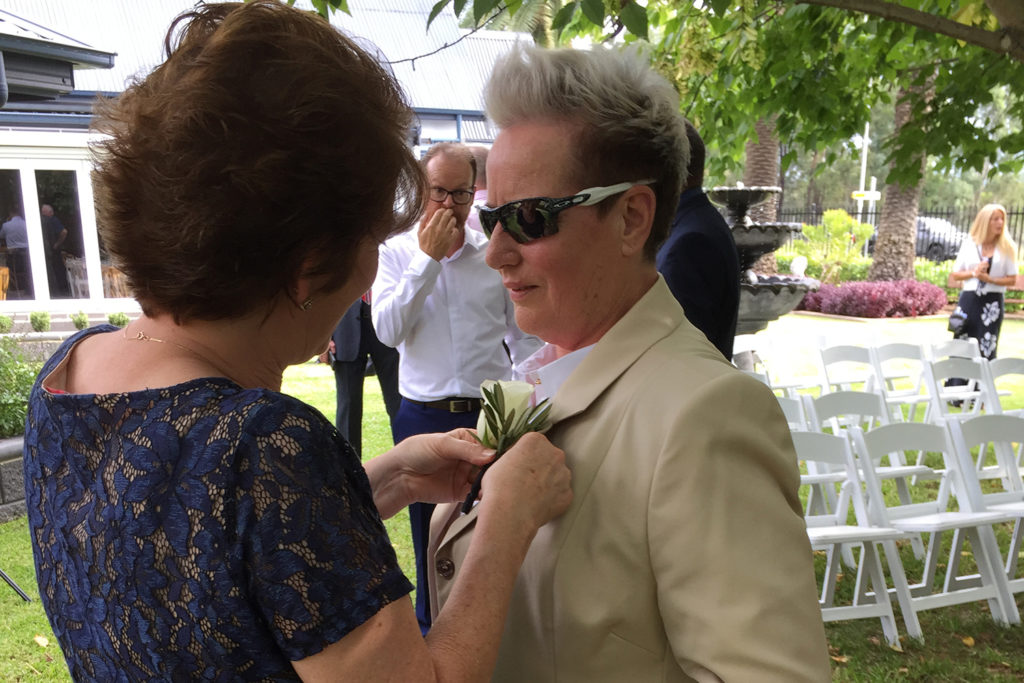
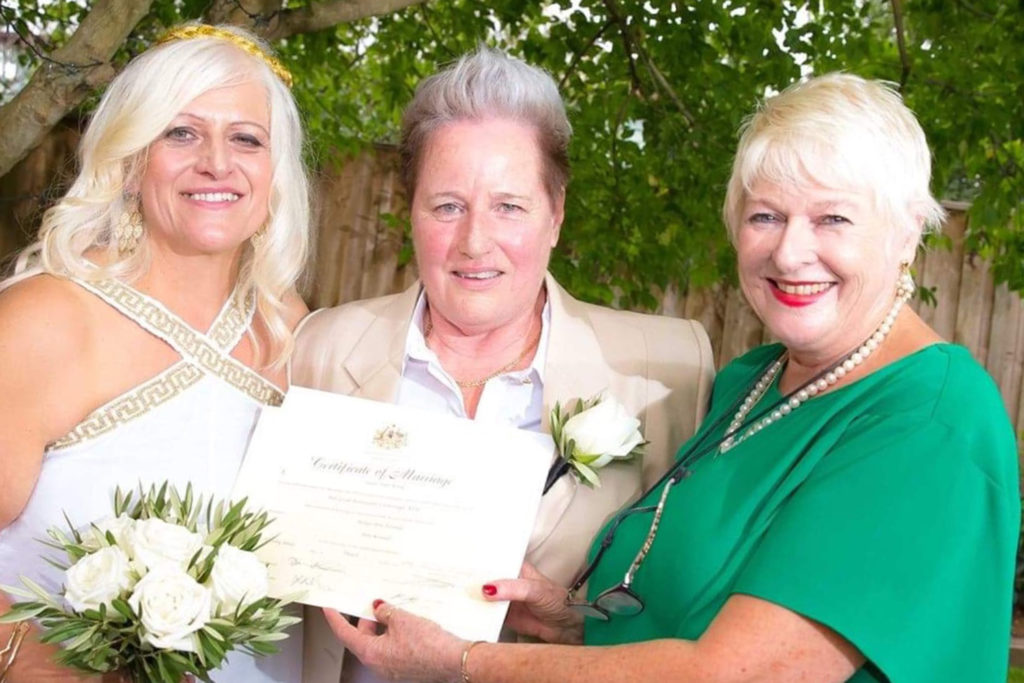
The tradition of the boutonniere wasn’t just dreamed up by modern wedding dress designers but was a symbol worn by knights in the Middle Ages. If a woman fancied a man, she may give him a flower or a scarf, in a colour she wore, to wear into battle. In this way, he “wore her colours” and was supported by her. This was literally a “romantic” (next blog!) gesture and the origin of the expression “to wear your heart on your sleeve”.
Then it evolved that a bride would break a flower out of her wedding bouquet to give her beloved on their wedding day. He would wear it with adoration, as would a knight of yore, as her flower is far more than a decoration.
In another view the habit of men wearing flowers originated during the devastating and bloody War of the Roses, in which the House of York was represented with the white rose, while the soldiers for the House of Lancaster wore the red rose.
As time wore on, flowers in battle were replaced by crests to signify which side you were on.
However, the notion of wearing a colour as a symbol may have originated as long ago as 2000 or 4000 BC when the Ancient Egyptians and Aztecs wore coloured flowers to support their favourite players in sporting events.
I much prefer to believe the tradition began by lover-knights in shining armour. Our 21st century lover-knights and their retinue wear the colours of their adored ones in ties, cravats and boutonnieres with the same fervour. And oh! colours can also be used in gay weddings as symbols of each party – heteronormative traditions are there for the melting and moulding. The significance of colour to the LGBTQI community is far-reaching.
Also, there were a few gay knights and women who would be!
As for what colours and how you arrange them – that is only limited by your imagination!

